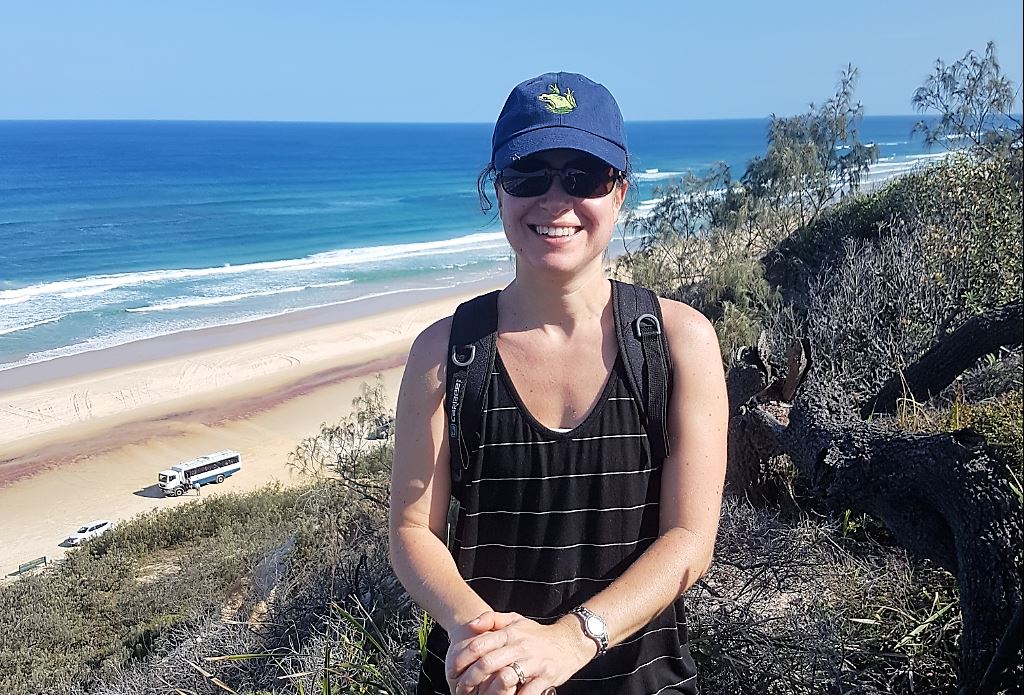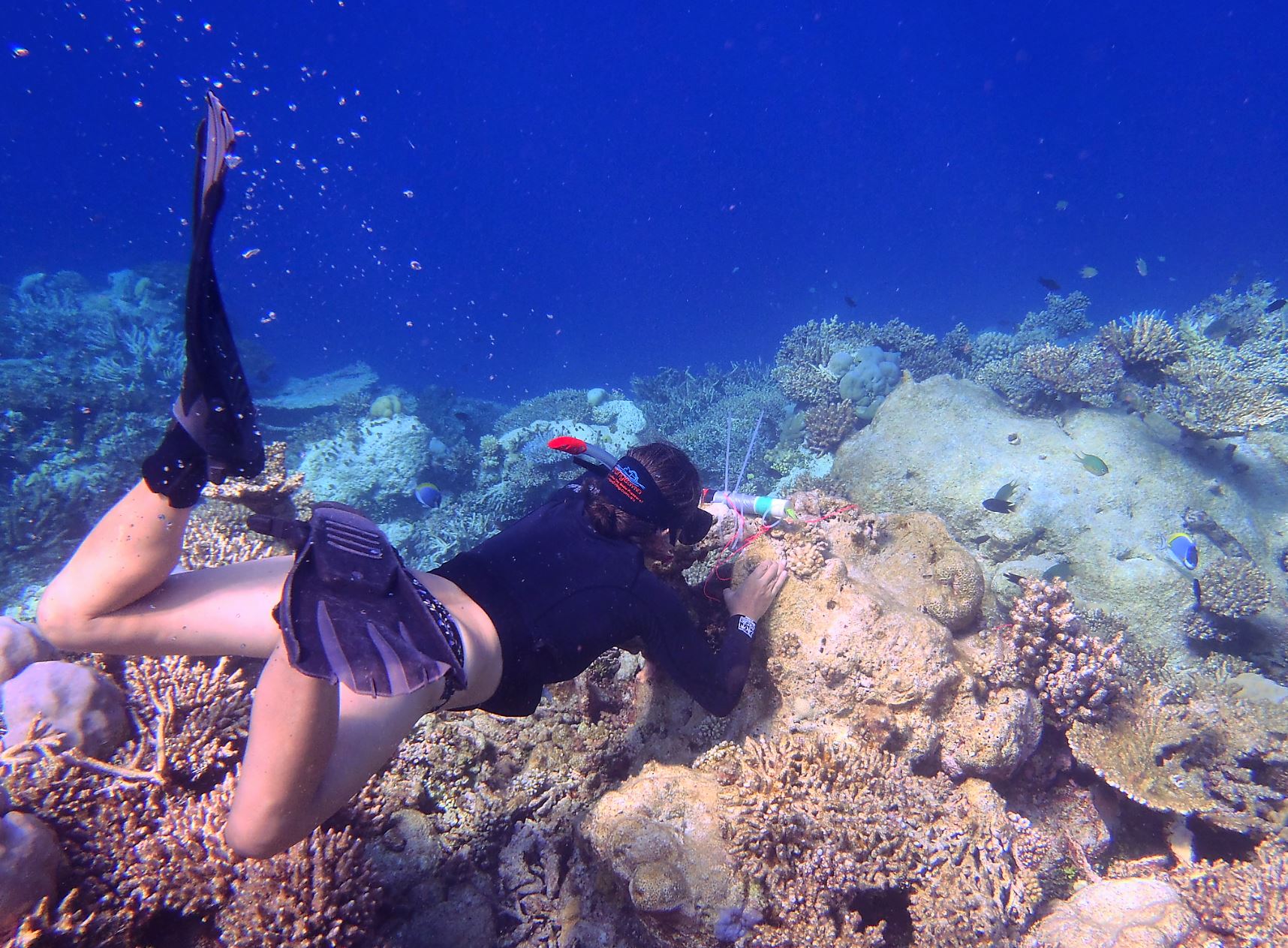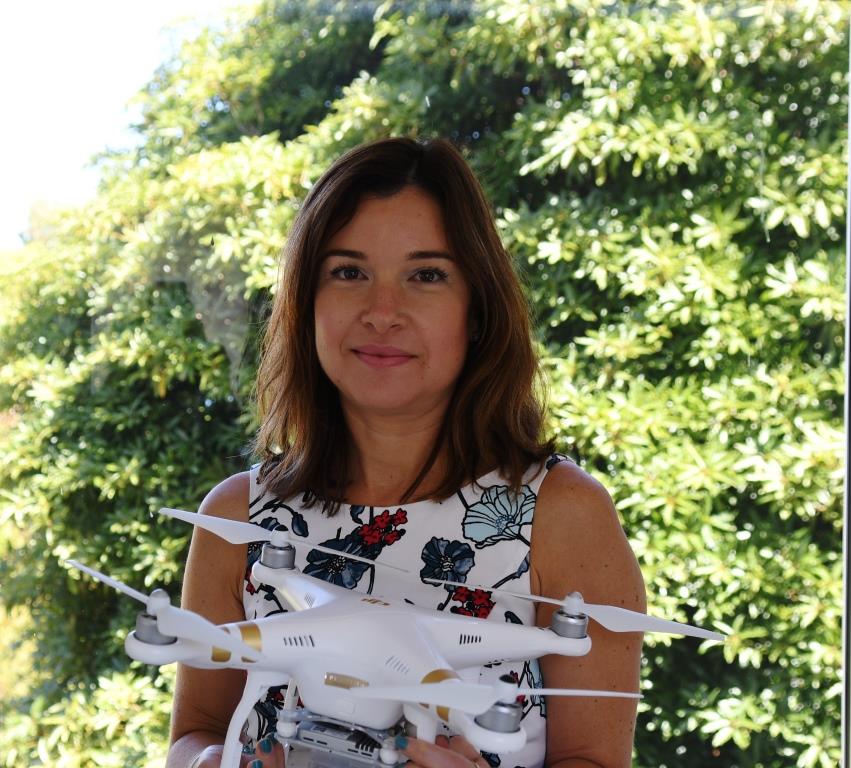
Female geoscientists are calling for more women in senior positions to reduce barriers to success in their profession.
Dr Graziela Miot da Silva, Senior Lecturer in Coastal and Marine Geology at the College of Science and Engineering at Flinders University, says the study just published in today’s Nature Publishing Group’s social sciences journal Palgrave Communications goes some way to addressing issues.
Key recommendations include advocacy for more women in prestige roles, promotion of high-achieving females, more awareness of gender bias, support for return-to-work and speaking up.
Research by the international network of working women in coastal geoscience and engineering (CGE) found that while women make up almost one-third of the CGE community, they represented only one in five of the industry’s prestige roles.
Analysis of gender representation in the boards and committees of nine societies, 25 journals, and 10 conferences – combined with a global survey of 314 people – found women comprised only 15% of journal editorial board members and 18% of industry conference organisers.
The data indicated female under-representation is less prominent when the path to prestige roles is clearly outlined and candidates can self-nominate or volunteer, instead of the traditional invitation-only pathway.
In addition, the survey (65% female respondents) found an 81% perception of a lack of female role models as a key hurdle for gender equity, and a significantly larger proportion of female respondents (47%) felt held back in their career due to gender in comparison with males (9%).

Lead and corresponding author Associate Professor Ana Vila-Concejo, from the University of Sydney’s Geocoastal Research Group and deputy director of the One Tree Island Research Station on Australia’s Great Barrier Reef, says the solutions and suggestions were relevant for women in science and more generally.
“Our findings are important not only for our field of research but also for other fields in science, technology, engineering and mathematics – and beyond,” she says.
Simple changes an be made to attract more women into innovative industries and make the world a better place, she says, citing gender stereotyping which disadvantage women, and institutional and societal systems supporting the ‘boys’ club’ and so-called ‘maternal wall’ – and even ‘micro-aggressions and harassment’ as things holding women back.
Dr Miot da Silva hopes the paper makes a constructive contribution to “try and resolve the issue of gender inequalities in our professions”.
As well as studying coastal morphology and surf-zone dynamics along the Adelaide metropolitan coast, Dr Miot da Silva is part of an ARC project unravelling the environmental history of the dunefields in Queensland’s Fraser Island and Cooloola regions.
In partnership with the traditional owners, next month she will join an all-female team of scientists in a remote, women’s sacred site in Fraser Island.
Contributing organisations to the gender gap in coastal geoscience and engineering paper were University of Sydney, Macquarie University, University of Wollongong, Bournemouth University, University of Waikato, Edge Hill University, University of Seville, National University of Ireland Galway, Flinders University, University of Baja California, University of Newcastle, University of Bordeaux and UNSW Sydney.


